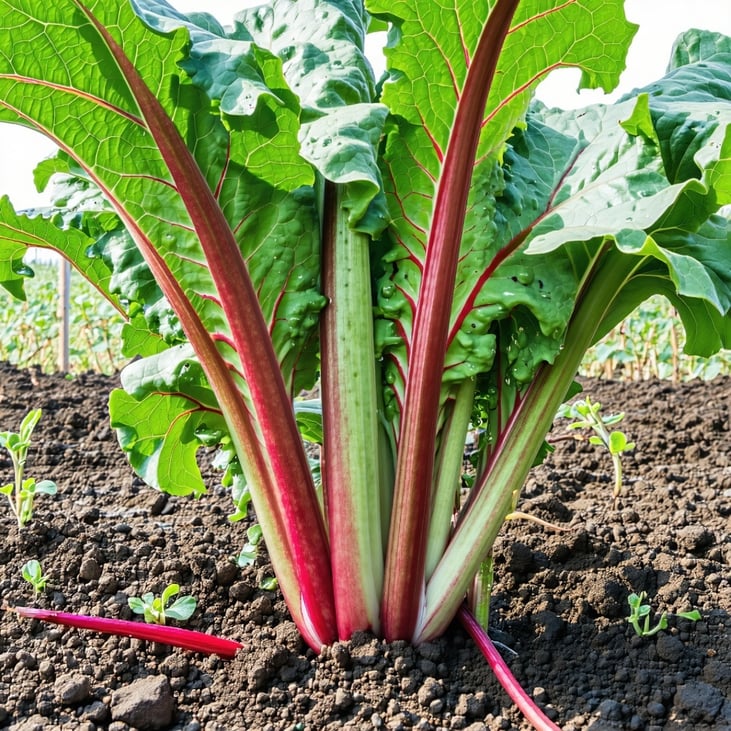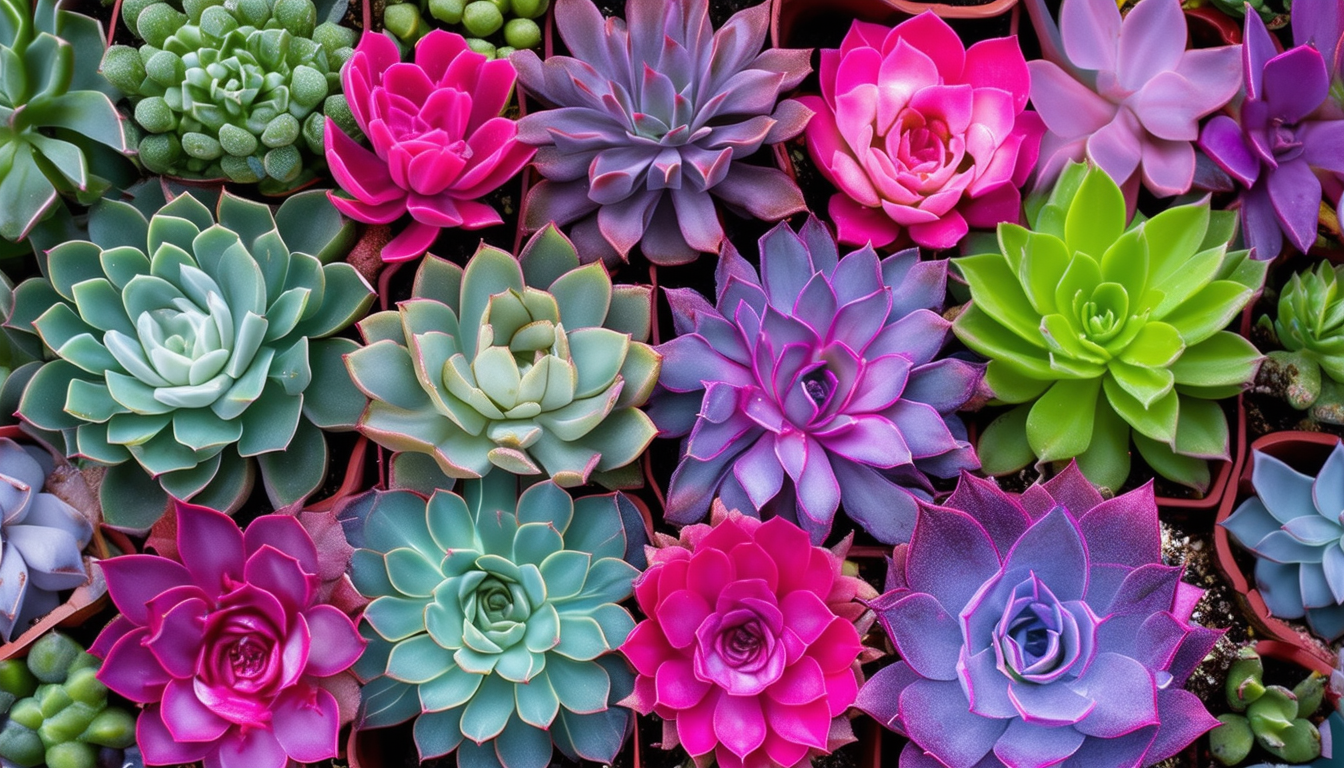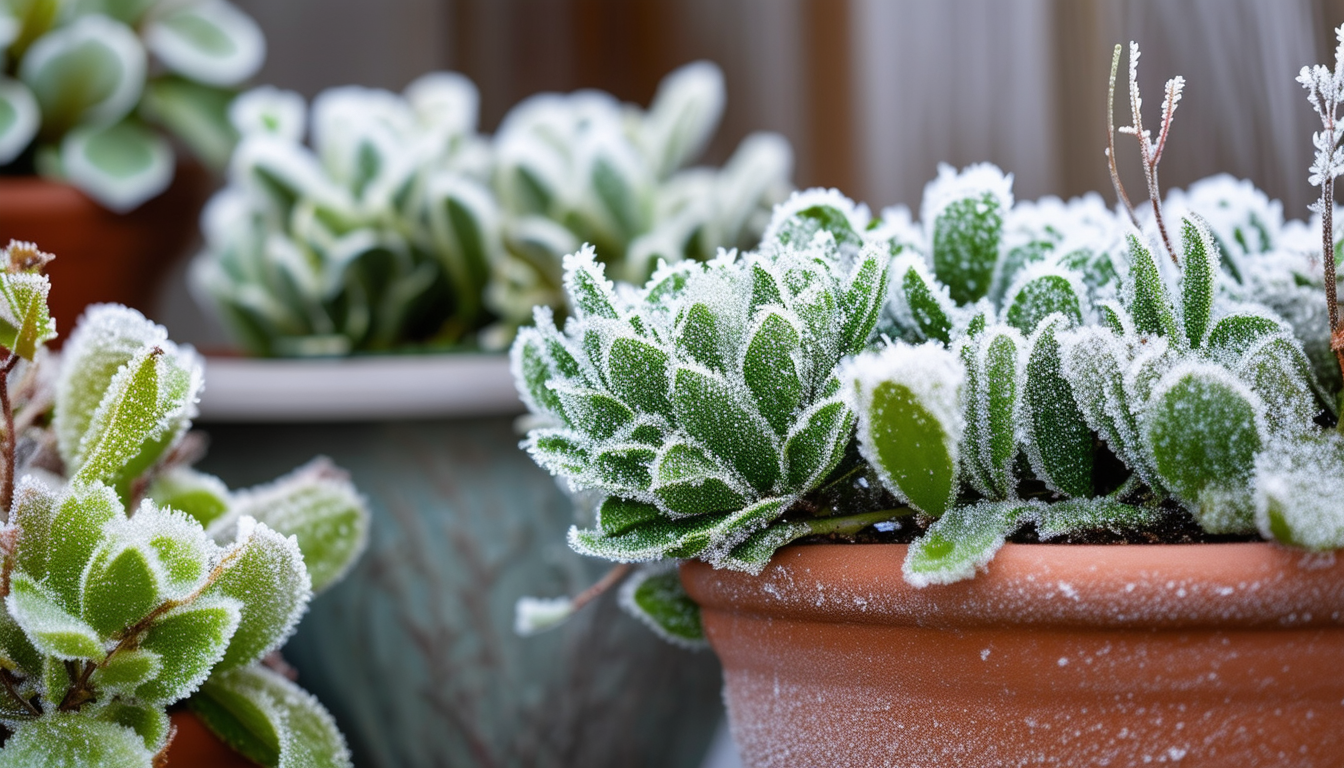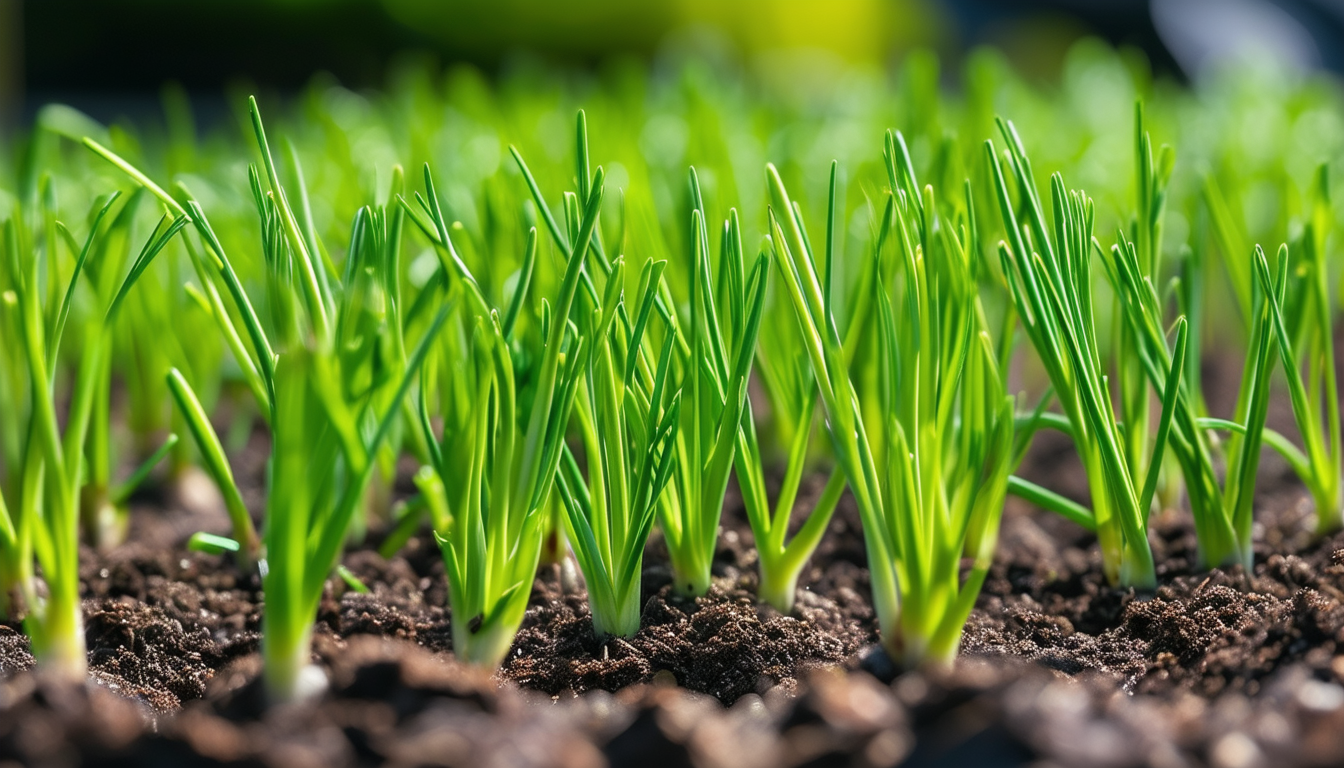
Learn how to keep your rhubarb plants healthy and productive by mastering the art of dividing overcrowded crowns.
Intro - Why Dividing Rhubarb Crowns is Crucial
Dividing overcrowded rhubarb crowns is a vital practice for ensuring the health and productivity of your plants. Over time, rhubarb plants can become congested, leading to reduced vigor and smaller stalks. By dividing the crowns, you can rejuvenate the plant and improve its yield.
This practice also helps manage disease and pest issues that may arise from overly dense growth. By giving each segment more space to grow, you allow for better air circulation and root development, which in turn leads to healthier and more robust plants.
When to Divide Your Rhubarb Crowns for Optimal Growth
The best time to divide rhubarb crowns is during early spring or late autumn. During these periods, the plant is either just coming out of dormancy or preparing to enter it, making it less stressful for the plant to be divided.
Spring divisions should be done just as the soil is workable and before the plant starts to produce new growth. In contrast, autumn divisions are best done after the foliage has died back but before the ground freezes.
5 Step Guide to Dividing Rhubarb Crowns
1. **Prepare Your Tools and Site**: Gather a sharp spade, a garden fork, and a knife. Choose a new site with well-draining soil for transplanting the divided crowns.
2. **Dig Up the Crown**: Carefully dig around the rhubarb crown to lift it from the ground with minimal root damage.
3. **Divide the Crown**: Use a sharp knife or spade to cut the crown into sections. Each section should have at least one good bud and a healthy piece of root attached.
4. **Prepare the New Planting Holes**: Dig holes in the new location, spaced about 3 feet apart to allow for growth. The holes should be deep enough to accommodate the roots without crowding.
5. **Plant and Water**: Place each divided section into its hole, cover with soil, and water thoroughly. Mulch around the plants to retain moisture and suppress weeds.
Common Issues, Pests & Diseases When Dividing Rhubarb Crowns
Dividing rhubarb crowns can sometimes expose the plant to pests and diseases. Common issues include root rot, crown rot, and infestation by rhubarb curculio.
To minimize these risks, ensure that your tools are clean and sterilized before use. Avoid dividing crowns in wet conditions to reduce the risk of fungal infections. Regularly inspect your plants for signs of pests or disease and take appropriate action promptly.
Notes for Different Climates and Hardiness Zones
Rhubarb is generally hardy in USDA zones 3-8. However, the timing and method of dividing the crowns may vary slightly depending on your climate.
In colder zones, it is crucial to provide winter protection for newly divided crowns by mulching heavily. In warmer climates, ensure that the plants receive sufficient water during dry periods and consider providing some shade during the hottest parts of the day.
10 Frequently Asked Questions on Dividing Rhubarb Crowns
1. **How often should I divide my rhubarb crowns?** Every 4-6 years is recommended.
2. **Can I divide rhubarb in the summer?** It's not ideal; early spring or late autumn is best.
3. **What kind of soil is best for rhubarb?** Rich, well-draining soil with plenty of organic matter.
4. **How deep should I plant the divided crowns?** Plant them so the buds are just below the soil surface.
5. **Can I fertilize my rhubarb after dividing?** Yes, a balanced fertilizer can help establish the new divisions.
6. **Will dividing rhubarb affect its harvest?** Initial yields may be lower, but long-term productivity will improve.
7. **How do I know if my rhubarb needs dividing?** Look for crowded growth and reduced stalk size.
8. **What should I do with the old, woody parts of the crown?** Discard them; they are less likely to produce vigorous new growth.
9. **Do I need to water the divided crowns more frequently?** Yes, keep the soil consistently moist until the plants are established.
10. **Can I divide rhubarb in containers?** Yes, but ensure the container is large enough for the new divisions to grow.



